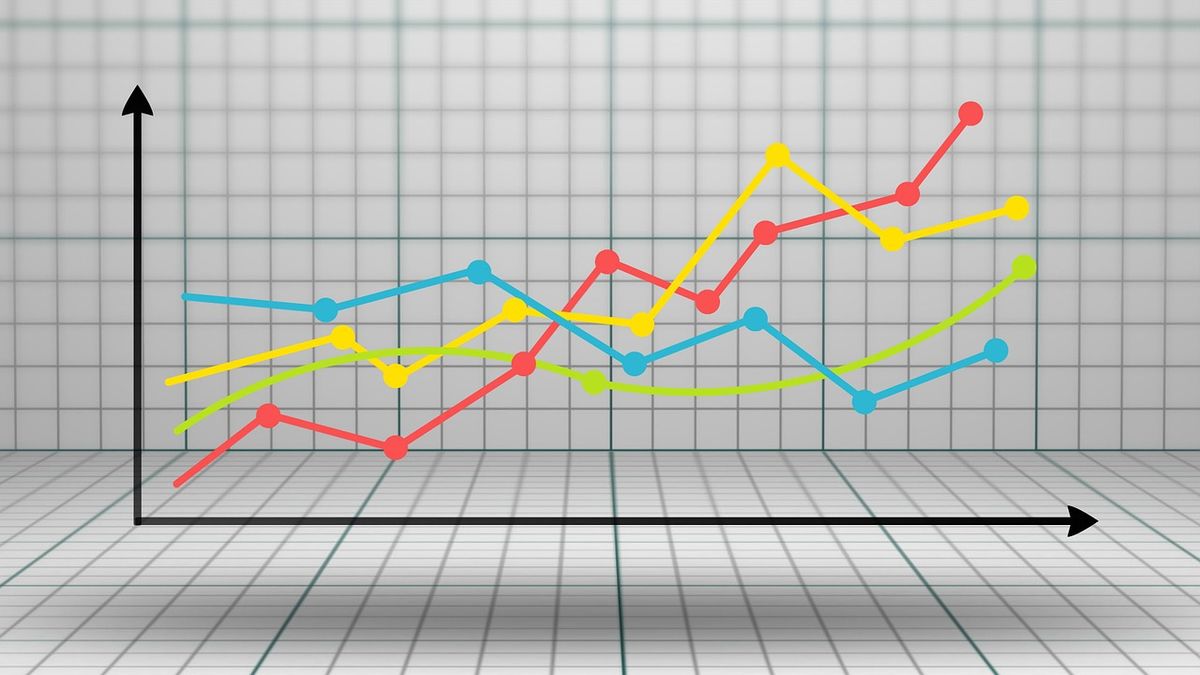In that sense, Moroni assured that discussions about salaries will be reopened “as many times as necessary.” In 2021, all the unions had to reopen parity and agree on new adjustments or extra payments to compensate for the loss of purchasing power.
“During the pandemic, we did not break a basic social mechanism like the paritarias, and we achieved what is happening. What Alberto Fernández promised, the paritarias beat inflation,” Moroni explained.
On Friday, the Central Bank (BCRA) published the first Market Expectations Survey (REM) for 2022, with the new private sector projections for the main macroeconomic variables, such as the dollar, inflation, GDP, and interest rates .
The median of the estimates of the 39 consultants and financial entities that participated showed a expected price increase of 55% for this year’s index, 0.2 percentage points above the previous estimate.
For January, the estimated inflation was 3.8%, pending the official data that INDEC will release this week.
Faced with this scenario, one of the strategies that the Central Bank will deploy adjust interest rates upwards again, seeking to curb the escalation of inflation.
After the agreement between the country and the IMF to refinance the debt in dollars, from which, among other key points, the objective of ensuring positive real rates emerges, the monetary authority will again increase interest rates for the second time in the year, after the adjustment made at the beginning of January -the first in more than a year- according to Ambit.
Just over three weeks ago, the BCRA announced the beginning of a process of recalibrating its monetary policy, which included a rise of two percentage points of the reference interest rate of the Liquidity Letters (Leliq) at 28 days, which went from 38 to 40% per year, thus increasing the return offered by banks for fixed-term deposits, and seeking to appease the pressure on the dollar, but also trying to stop the inflationary inertia.
Thus, the Central ordered on January 6 that the return paid by banks for fixed terms goes to a floor of 39% per year, from the previous 37%, for 30-day deposits for individuals (up to $10 million). ), while for companies the guaranteed minimum rate was set at 37% per year, from the previous 35%.
Seeking to bring flow from interest-bearing liabilities to Treasury bonds, it also eliminated seven-day Passes and created a new 180-day Leliq with a 44% rate. The measure was in line with the goals agreed with the IMF of reduce issuance (to the challenging 1% of GDP in 2022) and increase Treasury financing via debt in pesos.
Source: Ambito
David William is a talented author who has made a name for himself in the world of writing. He is a professional author who writes on a wide range of topics, from general interest to opinion news. David is currently working as a writer at 24 hours worlds where he brings his unique perspective and in-depth research to his articles, making them both informative and engaging.




